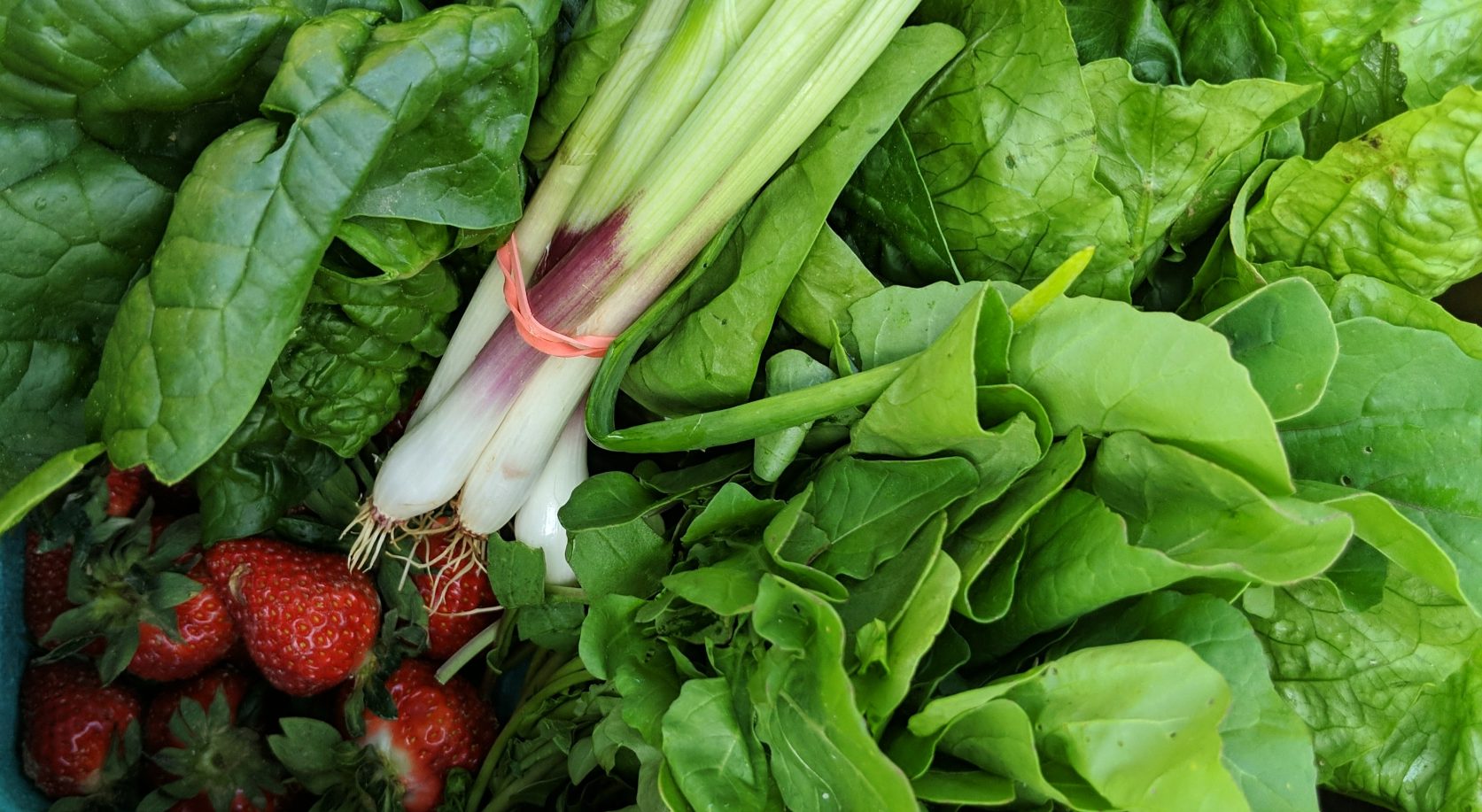Iron is an essential nutrient in our diet. Nearly 70% of iron is used to produce hemoglobin in red blood cells and myoglobin in muscle cells, both of which transport oxygen and nutrients to cells. A small amount of iron also becomes part of proteins essential for aspiration and energy metabolism. As you can see – it’s a very important mineral!
Certain populations of people are at higher risk of developing iron deficiency, including vegetarians and those undergoing extensive cancer treatments and therapies. In addition, side effects such as nausea, vomiting and loss of appetite can decrease our dietary intake of iron and other essential nutrients. As a result, it’s important to replenish your body’s iron stores before, during and after treatment.
Vegetarian Sources of Iron
We tend to associate iron–rich foods with animal products like beef, chicken and eggs, but there are several plant sources too. And while heme-iron (the type found in animal foods) is more easily absorbed by our bodies, it doesn’t mean non-heme iron (plant-based) sources are not beneficial.
Below are some plant-based sources, plus tips for preparing and eating those foods to maximize absorption:
- Legumes: Lentils, organic soybeans, tofu, tempeh, lima beans, black beans, chickpeas
- Grains: Quinoa, brown rice, amaranth, bulgur, buckwheat, millet, oatmeal and fortified cereals
- Nuts and Seeds: Pumpkin, squash, pine, pistachio, sunflower, un-hulled sesame, cashews, almonds and macadamia
- Vegetables: Spinach, Swiss chard, collard greens, beet greens, turnip greens, green peas
- Dried Fruit (unsweetened): Peaches, prunes, apricots and raisins
Did you know?
Vitamin C improves iron absorption…dramatically. Even better, to reap the benefit, you don’t need that much with your meal! Consuming 25-100mg of vitamin C at mealtime can increase iron absorption by as much as 4x. What does that look like in food? A half-cup serving of bell peppers contains 95mg of vitamin C and 1 medium orange contains 70mg.
On the other hand, phytates and oxalates, which are naturally occurring plant compounds, can inhibit the absorption of non-heme iron. These compounds are found in foods such as greens, grains and seeds. Preparation methods such as soaking and sprouting, as well as just cooking and fermenting these foods can improve iron’s ability to be absorbed.
Calcium may also reduce the bioavailability of iron, although the science is conflicting. Some research shows calcium (from food and/or supplements) reduced iron absorption. Yet other studies show no adverse effect. Overall, it appears that any effect on iron absorption may be minimal with a varied diet. Per the National Institute of Health (NIH), “the effects of enhancers and inhibitors of iron absorption are attenuated by a typical mixed western diet, so they have little effect on most people’s iron status.” We do recommend, however, that if you’re taking an iron and calcium supplement as recommended by your Physician, you take them at different times of the day.
Maximizing Absorption of Non-Heme (Plant) Iron
- Variety is key! Include all different types of grains, legumes, nuts, seeds, fruits and vegetables into your diet as they all contribute to total iron intake.
- Include a source of vitamin C with all your snacks and meals. Good sources include cantaloupe, kiwi, mango, oranges, pineapple, strawberries, broccoli, Brussels sprouts, kohlrabi and peppers.
- If you’re taking iron and calcium supplements, take them at different times of the day.
Easy Incorporation
- Add a side of steamed edamame to your dinner.
- Roast chickpeas for a crunchy snack.
- Top your salads and grain bowls with your favorite bean or a spoonful of lentils.
- Make lentil soup or add a can of beans to just about any soup recipe.
- Substitute white rice for a grain that contains more iron.
- Make your own trail mix with a variety of nuts, seeds and dried fruits (unsweetened).
- Throw together a quick stir-fry dinner with bell peppers and tofu.
- Choose a high-fiber cereal with little/no added sugar as a source of fortified iron.
Erin Pellegrin RD, LDN
Sources:

